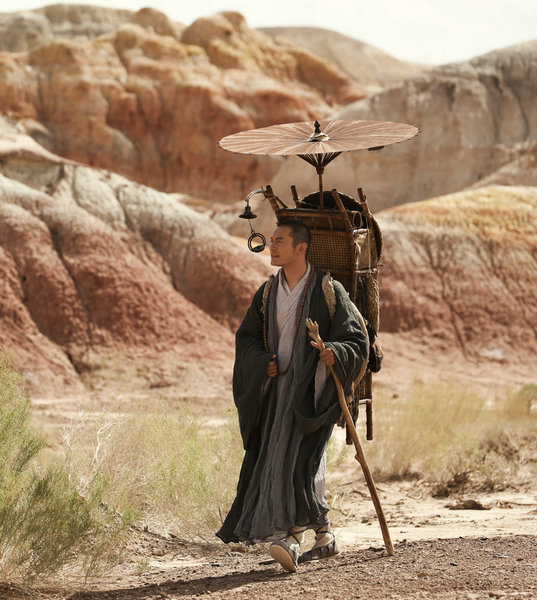The Monkey King's monk
Updated: 2015-12-17 08:51
By Xu Fan(China Daily)
|
||||||||
Filmmakers have wrapped up a biopic of the real-life pilgrim whose adventures inspired the legend of Journey to the West.
The venerable Buddhist monk Xuan Zang undertook a perilous journey to India around 1,300 years ago. Now, an upcoming film based on the legendary expedition is set to re-create history on big screen.
As one of the most talked-about coproductions between China and India this year, the biographical drama Xuan Zang has recently finished post-production. The film is set for release early next year.
For most Chinese, the name of Xuan Zang is a part of childhood memory thanks to Journey to the West, the Ming Dynasty (1368-1644) novel that has inspired scores of cartoon books, animated series and TV dramas.
But interestingly, the novel depicts Xuan Zang as a weak, nagging coward, who heavily relies on the four powerful apprentices-including the superhero Monkey King-to finish the harsh pilgrimage.
On Tuesday, the coastal city of Qingdao, Shandong province-hometown of title-role actor Huang Xiaoming-held an event to release the trailers and a poster.
Xuan Zang, a Tang Dynasty (AD 618-907) monk who was confused by the mistranslated, self-contradicting Buddhist texts, made an adventurous journey to India, seeking Buddhist scriptures.
"The strong faith that compels him to seek the real answers of Buddhism supported Xuan Zang to finish his dangerous journey," says director Huo Jianqi.
When Xuan Zang returned to China 19 years later, he brought back more than 650 volumes of sacred books.
His travel journal, Buddhist Records of the Western World, has become a significant guide to help India to excavate some religious relics that have not been recorded in historical texts there.
"I was pretty surprised to find that modern Indians are familiar with the name of Xuan Zang. In the local textbooks for primary and middle school students, Xuan Zang and his stories are featured," recalls Huo when speaking of his film research.
To trace Xuan Zang's route, which mostly covered Central and South Asia, the crew spent six months shooting in the remote deserts in the Xinjiang Uygur autonomous region and India.
Even with modern transportation, Huo and the crew found the filming process "torturous and challenging".
"The desert is very hot and dry. Most of the crew and cast suffered dehydration," says Huo.
The summer temperature on average is around 40 C in the morning and at dusk, but rises to 60 C at noon.
Huang says the shoot was the toughest in his 15-year career, and the good-looking heartthrob had to shave his head for the monk role.
"As the shoot was close to my wedding day, I felt sorry for my wife that I had to wear a wig at the wedding ceremony," the actor says.
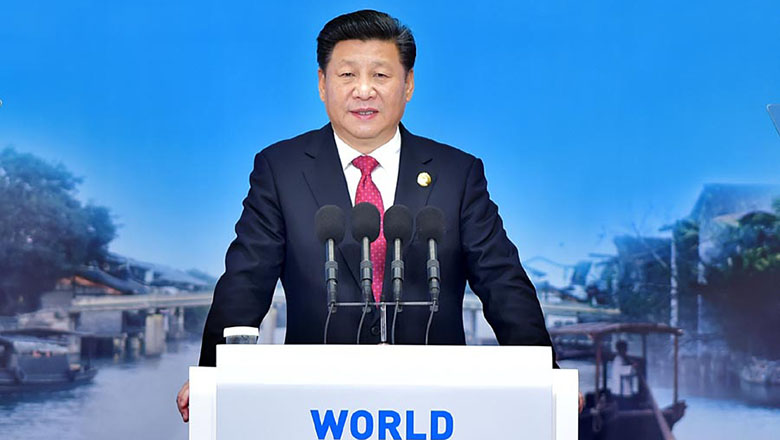
 President Xi delivers keynote speech at World Internet Conference
President Xi delivers keynote speech at World Internet Conference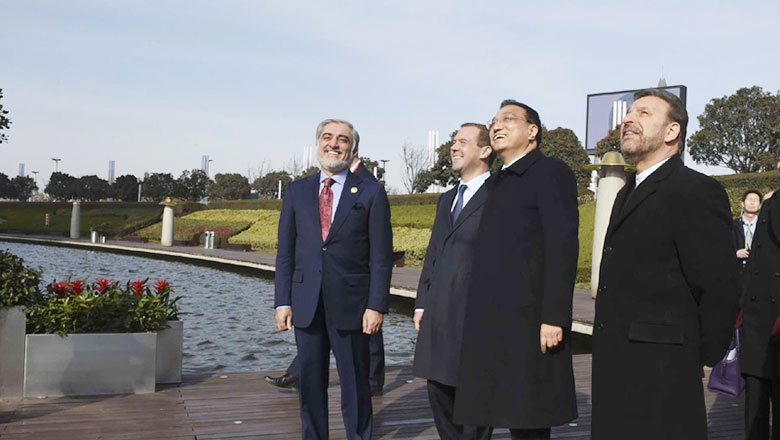
 Chinese premier shows Zhengzhou's fast growth to SCO leaders
Chinese premier shows Zhengzhou's fast growth to SCO leaders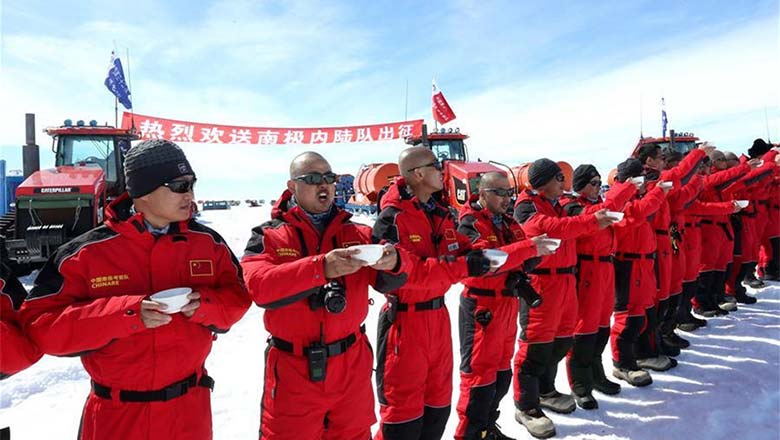
 Two Chinese Antarctic expedition teams set off for Antarctic inland
Two Chinese Antarctic expedition teams set off for Antarctic inland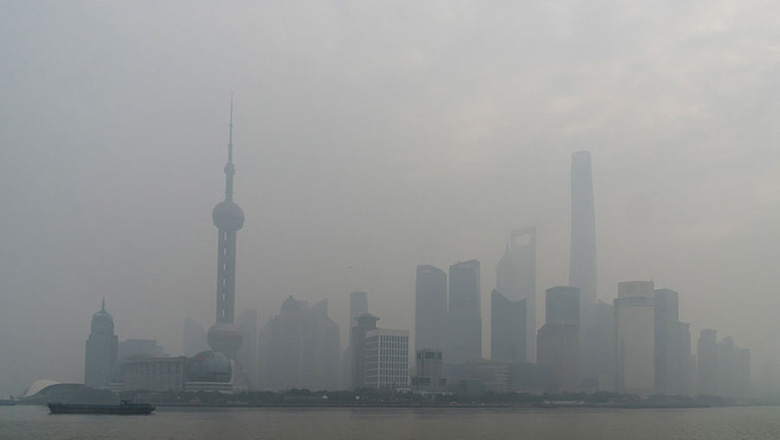
 East China awaits wind
East China awaits wind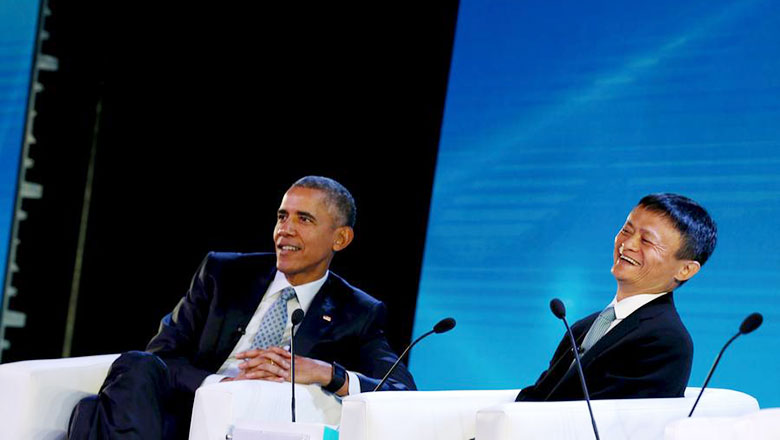
 Top Internet companies investing overseas
Top Internet companies investing overseas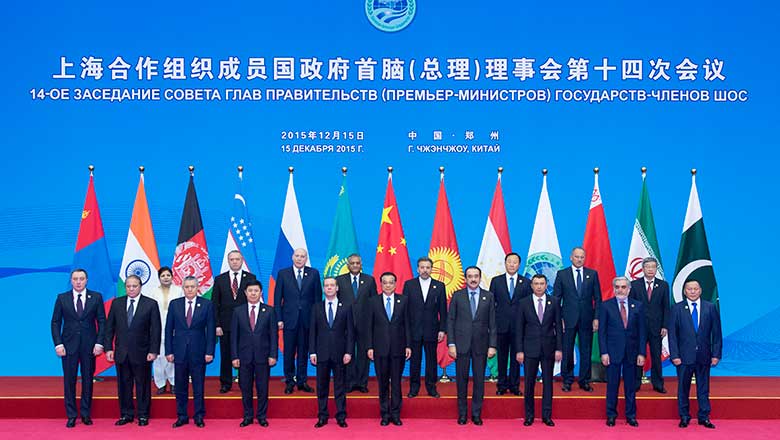
 Leaders pose for group photo at SCO meeting
Leaders pose for group photo at SCO meeting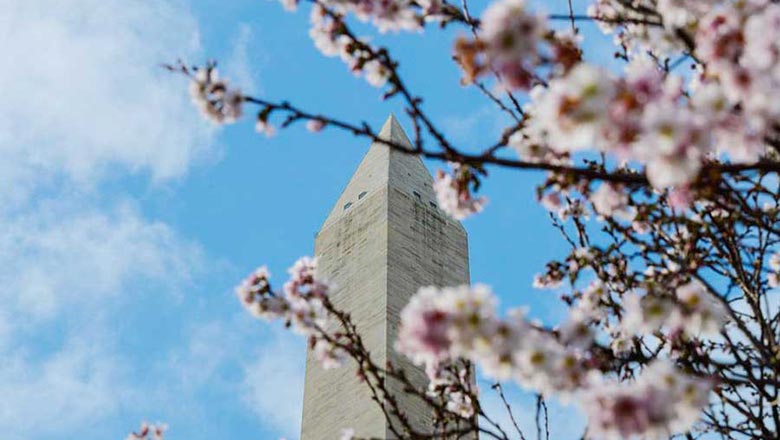
 Washington's cherry trees bloom in heat wave
Washington's cherry trees bloom in heat wave
 Wuzhen ready for Internet conference
Wuzhen ready for Internet conference
Most Viewed
Editor's Picks

|

|

|

|

|

|
Today's Top News
Shooting rampage at US social services agency leaves 14 dead
Chinese bargain hunters are changing the retail game
Chinese president arrives in Turkey for G20 summit
Islamic State claims responsibility for Paris attacks
Obama, Netanyahu at White House seek to mend US-Israel ties
China, not Canada, is top US trade partner
Tu first Chinese to win Nobel Prize in Medicine
Huntsman says Sino-US relationship needs common goals
US Weekly

|

|
